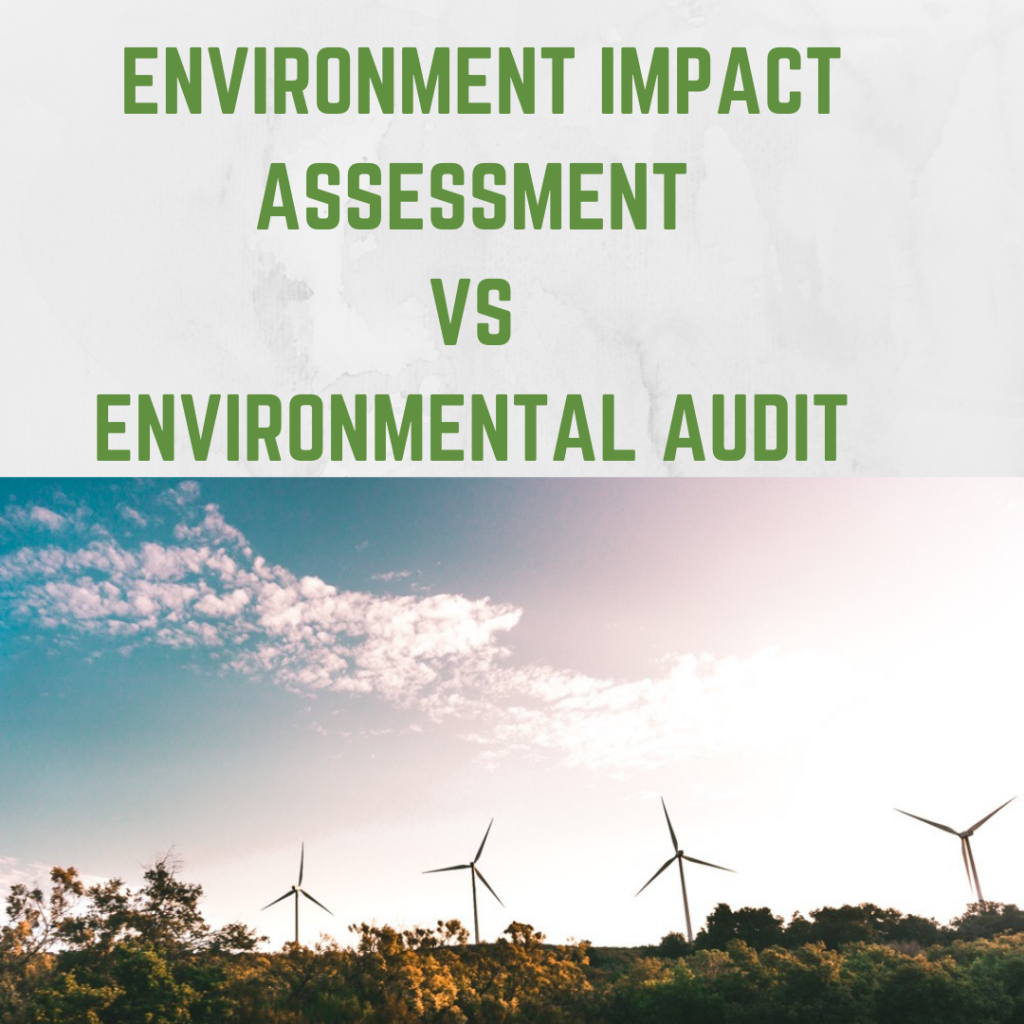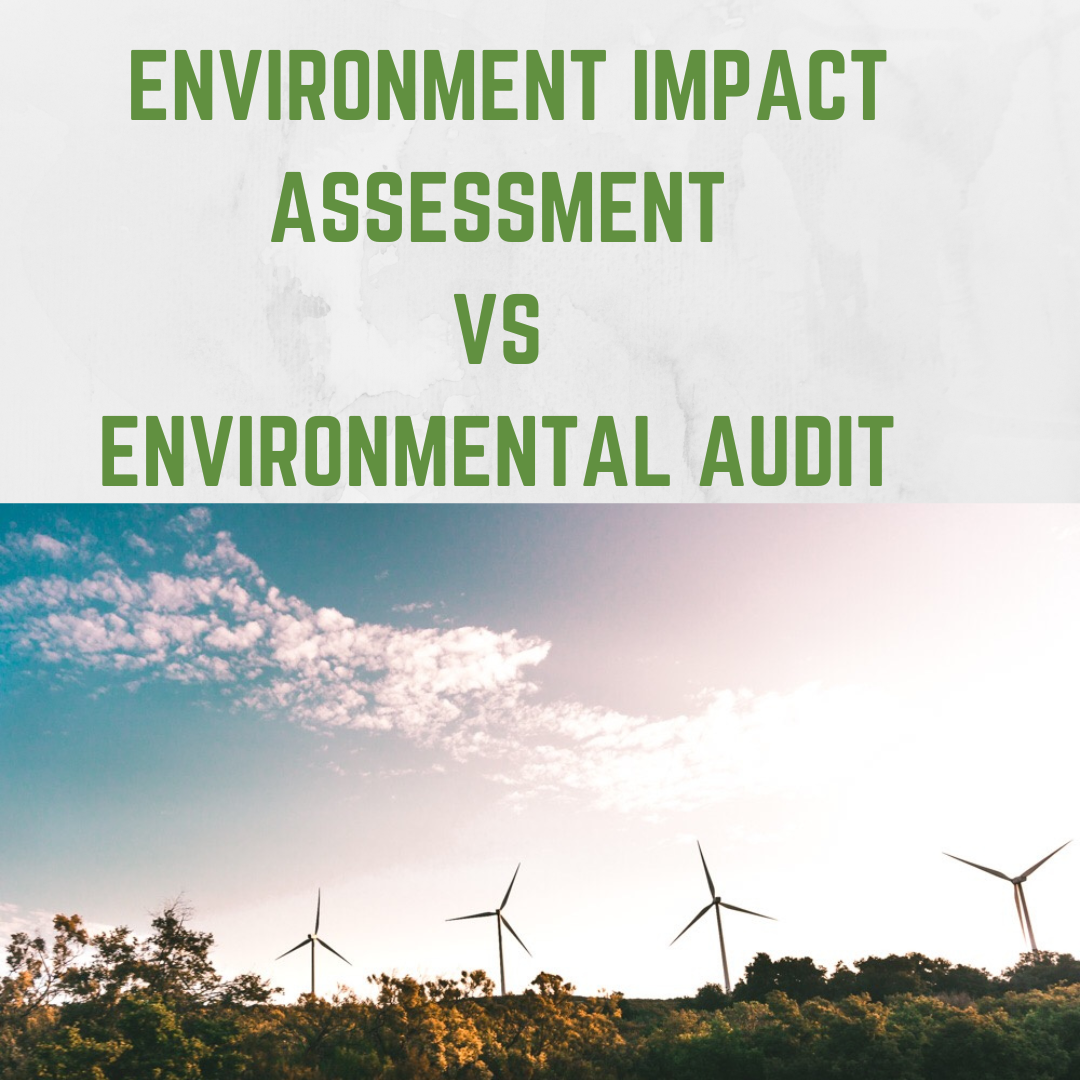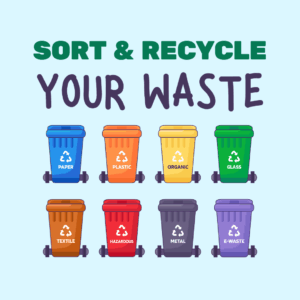If you’re involved in development projects or environmental compliance in Kenya, you’ve probably come across the terms Environmental Impact Assessment (EIA) and Environmental Audit (EA). While they may sound similar, these processes serve different purposes in ensuring sustainable development. Let’s break them down in simple terms and explain why each is important. Find more related information and guidelines here.
What is Environmental Impact Assessment (EIA)?
EIA is a proactive process conducted before a project begins. It evaluates the potential environmental and social impacts of a proposed development and outlines measures to mitigate negative effects.
Key Aspects of EIA:
- Conducted before project implementation.
- Identifies potential environmental risks.
- Involves stakeholder consultations.
- Leads to an Environmental Impact Assessment Report.
- Requires approval from NEMA (National Environment Management Authority) before the project starts.
Why is EIA Important?
- Prevents Environmental Damage – Helps identify risks early, avoiding costly environmental degradation.
- Ensures Compliance – Aligns projects with legal and regulatory frameworks under the Environmental Management and Coordination Act (EMCA), 1999.
- Enhances Sustainability – Encourages eco-friendly project designs.
- Involves Public Participation – Ensures communities affected by a project have a say in decision-making.
When is EIA Required?
EIA is mandatory for projects with potential significant environmental impacts, such as:
- Infrastructure development:
- Construction of new highways or major road expansions
- Railway lines
- Airport construction
- Large-scale irrigation projects
- Energy projects:
- Construction of new power plants (coal, gas, hydro)
- High-voltage power transmission lines
- Extractive industries:
- Mining operations (e.g., gold, copper, limestone)
- Quarry development
- Industrial development:
- Large-scale manufacturing facilities
- Chemical processing plants
- Water projects:
- Construction of large dams
- Water treatment plants
- Urban Development including:-
designation of new townships;
establishment of industrial estates;
establishment or expansion of recreational areas;
destablishment or expansion of recreational townships in mountain areas, national parks and game reserves;
shopping centres and complexes.
The EIA process concludes with NEMA issuing an EIA License, which grants permission to proceed with the project under specified conditions.

What is Environmental Audit (EA)?
EA, on the other hand, is a reactive process that assesses the environmental performance of an existing project. It ensures that a project complies with environmental regulations and adheres to the conditions set in its EIA license.
Key Aspects of EA:
- Conducted after project implementation.
- Reviews adherence to environmental management plans.
- Identifies ongoing or unforeseen environmental impacts.
- Requires submission of an Environmental Audit Report to NEMA.
- Must be performed annually for compliance.
Why is EA Important?
- Monitors Compliance – Ensures projects operate within legal and environmental guidelines.
- Identifies New Environmental Risks – Detects unforeseen negative impacts for mitigation.
- Improves Sustainability – Encourages continuous environmental management and improvement.
- Helps Avoid Penalties – Non-compliance with EA requirements can result in fines or revocation of licenses.
When is EA Required?
EA is compulsory for all projects that have received an EIA license and are operational. It applies to:
- Factories and industrial plants
- Hotels and commercial developments
- Large-scale farms
- Infrastructure projects
Key Differences Between EIA and EA
| Feature | Environmental Impact Assessment (EIA) | Environmental Audit (EA) |
|---|---|---|
| Timing | Conducted before project begins | Conducted after project is operational |
| Purpose | Identifies potential environmental impacts | Evaluates ongoing environmental performance |
| Requirement | Mandatory for new projects | Mandatory for operational projects with an EIA license |
| Approval Process | Requires NEMA approval before project starts | Requires submission of audit reports to NEMA annually |
| Focus | Preventive – avoids and prevents negative impacts | Corrective – ensures compliance and mitigates impacts |
Final Thoughts
Both EIA and EA are essential tools in Kenya’s environmental management framework. EIA ensures that new projects are environmentally sustainable from the start, while EA ensures that existing projects remain compliant and minimize their environmental footprint.
Ignoring these processes can lead to legal penalties, environmental degradation, and project shutdowns. If you’re unsure about your obligations, consult a licensed environmental expert to guide you through compliance.
References
- Environmental Management and Coordination Act (EMCA), 1999
- Environmental (Impact Assessment and Audit) Regulations, 2003
- National Environment Management Authority (NEMA) Guidelines
Need expert guidance on EIA or EA? Reach out today for professional assistance in ensuring your project meets all environmental regulations.




